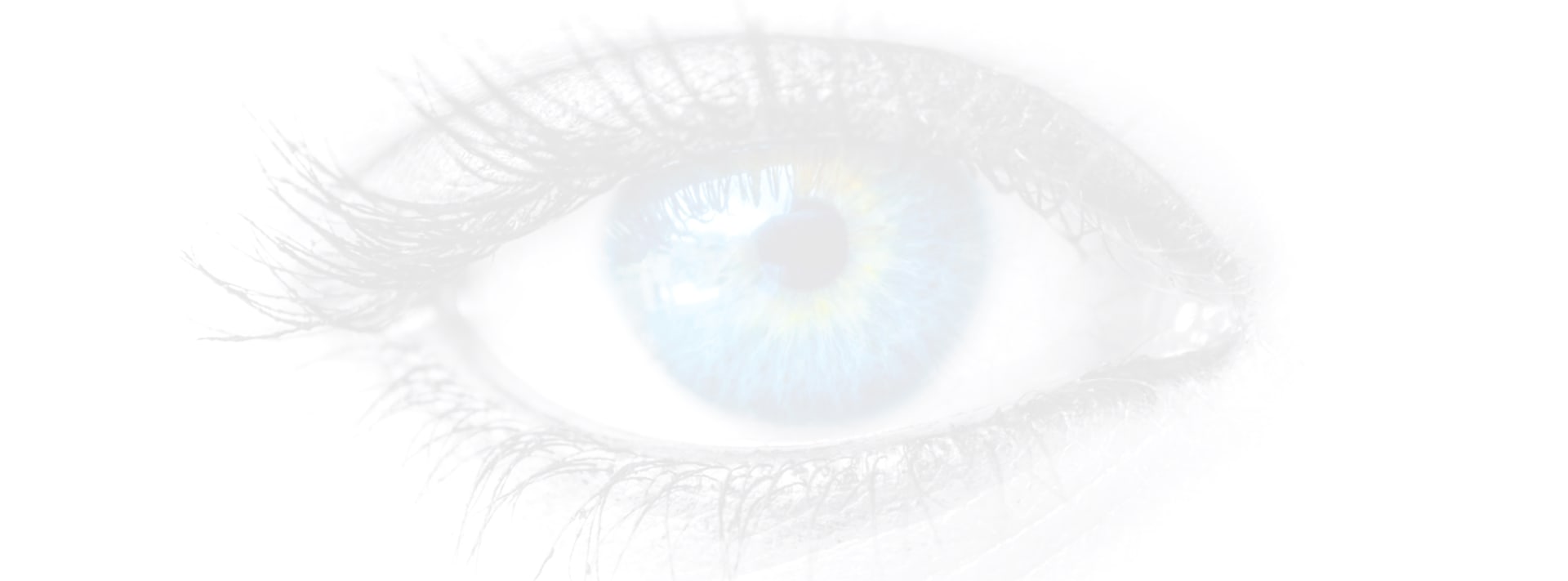A gritty, burning, stinging sensation in the eyes—that’s a tell-tale sign of meibomian gland dysfunction. This common condition quickly leads to dried-out burning eyes that leave you wanting to try anything to find relief.
Meibomian gland dysfunction develops when the glands responsible for oil production become impacted in some way. This significantly reduces the quality of your tear film, leaving your eyes unprotected and inflamed. Fortunately, it’s also highly treatable through dry eye therapy.
What are the Meibomian Glands?
The front surface of the eyes are constantly coated in a thin film of tears to keep themselves protected, lubricated, and hydrated. To function properly, this tear film needs an extremely careful balance of water, mucus, and oils.
This last component, the oils, helps protect the tear layer. The oily coating covers the outside of the tears and prevents them from evaporating too quickly, all while providing a smooth and clear surface that lets light pass through. These oils are produced in the meibomian glands—the dozens of tiny glands behind your eyelashes on your eyelids.
Without this crucial oily layer, your tears are no longer protected. They evaporate too quickly, leading to burning, dried-out eyes. This condition, called dry eyes, develops due to meibomian gland dysfunction. So what causes this?
What Causes Meibomian Gland Dysfunction?
The meibomian glands are constantly producing these oils for your tear film. However, they aren’t invulnerable; sometimes, these tiny glands can become blocked or obstructed. This means that the oils can no longer reach the tear film, leaving it unprotected. This problem is much more common than you might think.
These obstructions can develop due to:
- Inflammation of the eyelids, known as blepharitis
- Rosacea or other skin conditions
- Hormonal changes or imbalances
- Contact lens wear
- Excessive screen time
- Eye makeup or skincare products blocking the glands
- Underlying medical conditions
Sometimes, it can even be as simple as your environment. However, no matter the root cause, the result is the same—your tears evaporate too quickly and leave your eye unprotected.
Recognizing Meibomian Gland Dysfunction
When you’re dealing with meibomian gland dysfunction, you’ll quickly notice a dried-out stinging sensation in your eyes. It may feel like a small piece of sand is trapped under your eyelid, scratching every time you blink.
Other common signs include:
- Blurry vision
- Redness and swelling of the eyelids
- Sensitivity to light
- Watery eyes due to reflex tearing
If these sound familiar, you may be dealing with meibomian gland dysfunction. Fortunately, you can visit your optometrist to discuss solutions.
How to Treat Meibomian Gland Dysfunction
Meibomian gland dysfunction is a lot more common than most people think; nearly 16 million Americans deal with dry eyes due to this condition every year. Since it’s so common, your optometrist can easily help you find relief from your symptoms.
In many cases, you can simply use eye drops at home to find temporary relief. You can also try a warm compress; this helps to liquefy the oil blockages and promotes a healthier flow of oils to your tear film.
However, this doesn’t always work, and an in-office approach may be needed. If your optometrist believes this to be the case, they’ll recommend something called “dry eye therapy.”
What is Dry Eye Therapy?
Here at Family Vision Care, we typically recommend a combination of the following:
- OptiLight IPL
- LipiFlow
- Low-level light therapy (LLLT)
LipiView
To begin, we’ll use something called “LipiView.” This is a high-definition imaging technique that lets us assess your tear film to determine how to approach treatment. LipiView lets us find out whether or not meibomian gland dysfunction—or something else—is the cause of your symptoms. Once we know what’s causing your problem, we’ll be able to find the right way to treat it.

OptiLight
OptiLight by Lumenis is an innovative approach to dealing with dry eyes. This uses an approach called “intense pulsed light,” or IPL, to target the meibomian glands.
This non-invasive treatment uses gentle pulses of light-based heat that targets the meibomian glands and surrounding area. The specific wavelengths target the root cause of your inflammation to give you comfort while restoring the overall function of the meibomian glands. The heat liquifies the oils and improves the balance of your tear film, helping you find long-lasting relief from your dry eyes.
This is a quick and comfortable procedure that usually only takes around 10 minutes or so, making it a popular way to quickly find relief!
LipiFlow
LipiFlow is another popular treatment option. This is a non-invasive approach that combines heat and gentle massages to melt the oil blockages and unclog your meibomian glands, allowing them to produce a better quality oil layer to cover the tears.
Once the treatment is done, your glands will quickly begin sending oils to the tear film to help you find quick relief. This is a comfortable and safe solution that offers almost immediate relief.
Low-Level Light Therapy
Low-level light therapy (LLLT) is another cutting-edge approach to treating meibomian gland dysfunction. This technique uses specific wavelengths of light to gently:
- Stimulate the meibomian glands
- Improve cellular activity
- Promote the natural healing process
- Reduce inflammation
This helps give you a quick, effective, and comfortable way to find relief from your dry eyes. It can even help with wrinkles!
We Can Help You Get Relief from Your Dry Eyes
If you’re dealing with dry, burning, and stinging eyes, there’s no need to suffer in silence—not when you can find relief with our team at Family Vision Care! We can assess your tear film and find out what’s causing your symptoms before working with you to find a comfortable solution. You don’t deserve to deal with discomfort, so contact our team to book your appointment today.






















